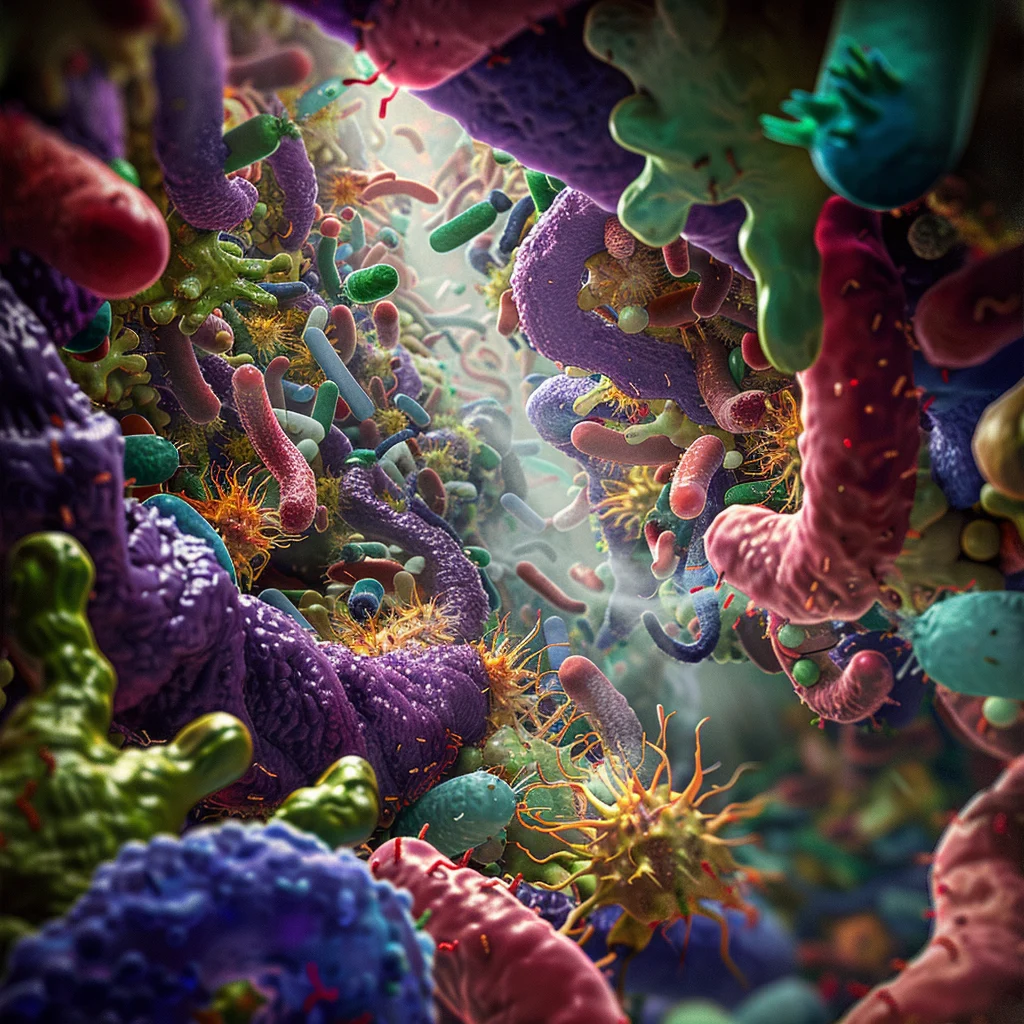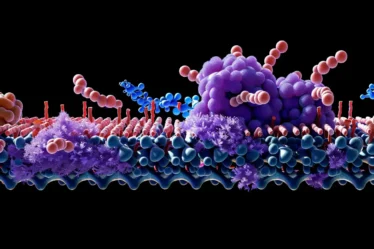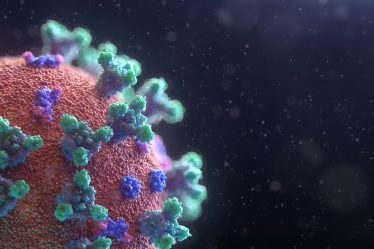
Have you ever heard of animals helping each other in the wild? It’s not just a Disney movie; it’s called symbiosis.
Symbiotic relationships surround us, from the tiniest bacteria to the largest mammals. These relationships can benefit both parties involved, or one might benefit while the other remains unaffected. In some cases, one species might even take advantage of the other. Let’s explore the three main types of symbiotic relationships: mutualism, commensalism, and parasitism.
Read about how to learn efficiently, all about online learning, and how to write a CV.
Symbiotic Relationships: How Species Live and Interact Together
Symbiosis describes close, long-term interactions between two or more species. We categorize these relationships as mutualism (both species benefit), commensalism (one benefits, the other is unaffected), or parasitism (one benefits at the expense of the other). Studying symbiosis helps scientists understand the interconnectedness of species and the delicate balance of ecosystems.
Types of Symbiotic Relationships: Key Takeaways
In a hurry? Don’t worry. Our critical takeaways on types of symbiosis will give you a quick and easy summary of the main points:
🟠 Mutualism: Both species involved gain advantages from the relationship. An example is the bee and flower; the bee gets nectar while the flower gets pollinated.
🟠 Commensalism: One species benefits, while the other is neither harmed nor helped. For instance, remora fish attach to sharks for transportation and protection without impacting the shark.
🟠 Parasitism: One species (the parasite) benefits at the expense of the other (the host). Tapeworms living in animal intestines are a classic example.
If you find types of symbiotic relationships challenging, don’t worry! Personalized tutoring or interactive biology lessons make these concepts more straightforward. Explore more biology topics and broaden your knowledge with our free Biology blogs.
Mutualism: A Cooperative Strategy for Survival
Mutualism is a symbiotic relationship where both participating species gain advantages. This mutually beneficial arrangement often plays a crucial role in the survival and reproduction of the species involved. These interactions can range from simple exchanges of resources to complex behaviors and physiological adaptations.
Pollination: The Sweet Exchange
One of the most well-known examples of mutualism is the relationship between flowering plants and pollinators, such as bees, butterflies, and birds. Pollinators visit flowers to collect nectar, a sugary liquid that provides them with energy. As they move from flower to flower, pollen grains stick to their bodies and are transferred to other flowers, facilitating fertilization and seed production. This exchange of nectar for pollination services ensures the reproduction of plants while providing pollinators with a vital food source.
Cleaning Symbiosis: A Healthier Lifestyle
In the animal kingdom, cleaning symbiosis is an everyday mutualistic interaction. Certain species of fish and birds specialize in cleaning larger animals, such as sharks, turtles, and hippopotamuses, by removing parasites, dead skin, and debris. These cleaning services benefit the larger animals by improving their hygiene, reducing the risk of infections, and even promoting wound healing. In return, the cleaners gain a readily available food source and protection from predators.
The Gut Microbiome: A World Within
Mutualism isn’t just limited to the visible world. Inside our bodies, trillions of bacteria reside in our digestive system, forming what’s known as the gut microbiome. This diverse community of microbes is crucial in our health, aiding digestion, synthesizing vitamins, and even influencing our immune system. In return, we provide them with a stable environment and a constant supply of nutrients. This intimate relationship highlights the interconnectedness of life and how even the smallest organisms can significantly impact our well-being.
Do you think concepts like mutualism are intricate? A biology tutor can offer personalized lessons that cater to your learning style, making complex biological processes accessible and engaging.
Commensalism: The Hitchhikers and Houseguests of the Natural World
Commensalism is a symbiotic relationship where one species reap the rewards while the other remains unaffected – neither harmed nor helped. It’s like a hitchhiker catching a ride or a houseguest who doesn’t overstay their welcome. These interactions showcase the resourcefulness of species and how they can utilize other organisms for their benefit without causing any harm.
Remora Fish: Masters of the Free Ride
Remora fish are the quintessential hitchhikers of the ocean. Equipped with a specialized suction disc on their heads, they attach themselves to larger marine animals like sharks, whales, and even sea turtles. By hitching a ride, remoras gain transportation to new feeding grounds, protection from predators, and even scraps of food left over from their host’s meals. The host animal, in turn, experiences no significant benefit or harm from the remora’s presence.
Epiphytes: Plants Reaching for the Light
In the lush rainforests, epiphytes showcase a different kind of commensalism. These plants, including orchids, bromeliads, and ferns, grow on the surface of other plants, typically trees. They aren’t parasites; they don’t take nutrients from their host. Instead, they use the tree as a support structure, gaining access to sunlight and rainwater that might otherwise be unavailable on the forest floor. The host tree remains unaffected by the epiphyte’s presence as long as the epiphyte doesn’t become too large and heavy.
Barnacles: Settling Down for a Feast
Barnacles are marine crustaceans known for their ability to attach themselves to various surfaces, including rocks, piers, and even the bodies of whales and ships. By anchoring themselves to these moving platforms, barnacles gain access to a constant flow of water, which brings them food particles and oxygen. The host animal or ship is generally unaffected by the barnacles, although they can create drag and reduce the host’s efficiency in large numbers.
Commensalism highlights the opportunistic nature of species and their ability to exploit resources without harming others. These relationships showcase the diversity of interactions in the natural world and remind us that not all relationships are based on mutual benefit or conflict.
Are you curious about chemistry in daily life? Explore our simple experiments you can do at home!
Parasitism: A One-Sided Relationship
Parasitism is a symbiotic relationship where one species, the parasite, benefits by living on or inside another species, the host. It derives nourishment at the host’s expense. Parasitism often results in harm to the host, ranging from mild discomfort to severe illness or even death. Parasites have evolved various strategies to exploit their hosts, frequently exhibiting complex life cycles and specialized adaptations.
Tapeworms: A Thief in the Gut
Tapeworms are flat, ribbon-like worms that live in the intestines of various animals, including humans. They attach themselves to the intestinal wall using specialized hooks and suckers, absorbing nutrients directly from the host’s digested food. This deprives the host of essential nutrients, leading to malnutrition, weight loss, and other health problems. Tapeworms can grow to astonishing lengths, sometimes reaching several meters, and survive for years within their host.
Fleas and Ticks: Blood-Sucking Pests
Fleas and ticks are external parasites that feed on the blood of mammals and birds. Their bites can cause itching, irritation, and allergic reactions in the host. Moreover, these parasites often act as vectors for various diseases, transmitting pathogens through their saliva when they bite. For example, ticks can transmit Lyme disease, while fleas can carry the bacteria responsible for the plague.
Cuckoos: Masters of Deception
Cuckoos are notorious for their brood-parasitic behavior. Female cuckoos lay their eggs in the nests of other bird species, leaving the unsuspecting hosts to raise their young. Cuckoo chicks often hatch earlier and grow faster than their nestmates, outcompeting them for food and parental care. In some cases, the cuckoo chick may even eject the host’s eggs or young from the nest, ensuring its survival at the expense of the host’s offspring.
The Evolutionary Arms Race
Parasitism often leads to an evolutionary arms race between the parasite and the host. The parasite evolves ways to exploit the host more effectively while the host develops defenses to resist the parasite’s attacks. This constant struggle for survival drives the evolution of both species, resulting in intricate adaptations and counter-adaptations that we can observe in various parasitic interactions.
Learn everything you have to know about greenhouse gases and nuclear fusion.
Parasitic Adaptations: Tricks of the Trade
Parasites have evolved various specialized adaptations to thrive in their unique lifestyle. These adaptations often include:
- Attachment Mechanisms: Hooks, suckers, or specialized mouthparts that allow parasites to attach to their hosts securely.
- Nutrient Absorption: Specialized structures or enzymes for extracting nutrients from the host’s tissues or fluids.
- Immune System Evasion: Mechanisms to avoid detection or suppression by the host’s immune system.
- Complex Life Cycles: Involving multiple hosts or developmental stages to maximize chances of transmission and survival.
- Reproductive Strategies: Producing large numbers of offspring to compensate for high environmental mortality rates.
These adaptations enable parasites to successfully exploit their hosts and ensure the continuation of their species, highlighting the evolutionary arms race between parasites and their hosts.
How to Learn About Symbiosis?
Symbiotic relationships offer a fascinating glimpse into the interconnectedness of life. From the mutually beneficial exchanges of mutualism to the one-sided advantages of commensalism and the exploitative nature of parasitism, these interactions shape the dynamics of ecosystems and the evolution of species.
Just like in nature, educational partnerships can also be symbiotic. A skilled tutor can offer personalized guidance and support, helping students thrive academically. The tutor benefits from empowering students to reach their full potential. If you’re seeking a symbiotic learning experience, consider exploring the benefits of tutoring.
If you’re searching for a biology tutor, a quick search for “biology tutor Liverpool” or “biology teacher London” on platforms like meet’n’learn can connect you with the ideal private teacher for your educational journey.
Those preferring group learning settings can find biology classes in their area by looking up “biology classes Leeds” or “biology lessons Birmingham” online, leading to community colleges or educational workshops.
Frequently Asked Questions About Symbiosis
1. What is symbiosis?
Symbiosis is a close, long-term interaction between two or more different species.
2. What are the three main types of symbiosis?
The three main types of symbiosis are mutualism, commensalism, and parasitism.
3. What is an example of mutualism?
Bees pollinating flowers in exchange for nectar is a classic example of mutualism.
4. What is an example of commensalism?
Remora fish attaching themselves to sharks for transportation without harming the shark is an example of commensalism.
5. What is an example of parasitism?
Ticks feeding on the blood of mammals and potentially transmitting diseases is an example of parasitism.
6. Can symbiotic relationships change over time?
Yes, symbiotic relationships can evolve and change over time as species adapt to their environments.
7. Are all symbiotic relationships beneficial?
No, not all symbiotic relationships are beneficial. Parasitism is a symbiosis where one species benefits at the expense of the other.
8. How do symbiotic relationships impact ecosystems?
Symbiotic relationships play a crucial role in maintaining ecosystem balance by influencing species interactions, nutrient cycles, and overall biodiversity.
References:
1. Wikipedia
2. National Geographic
3. Britannica



